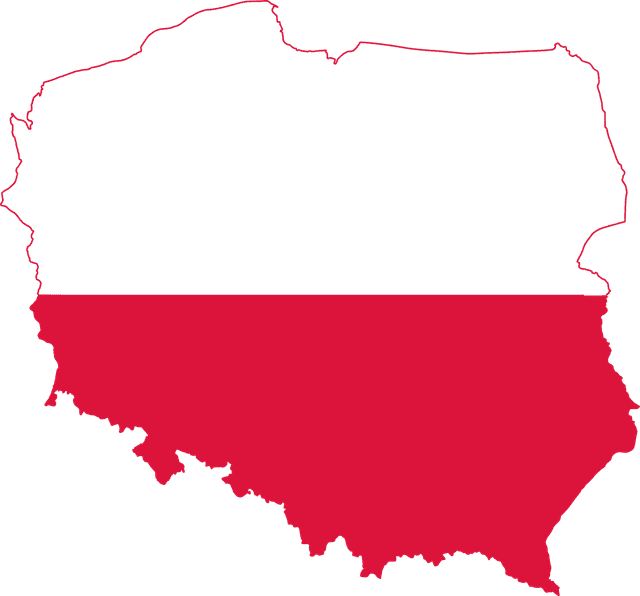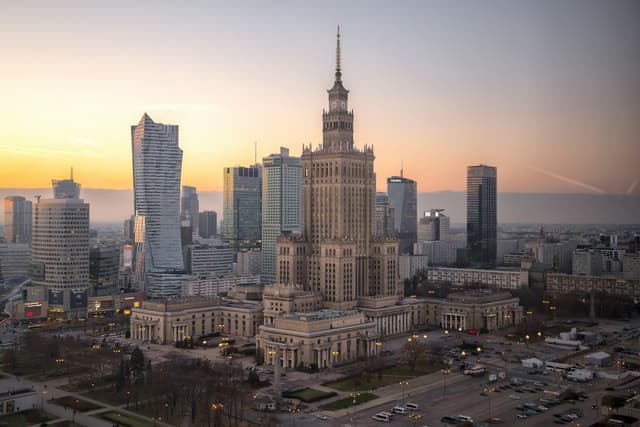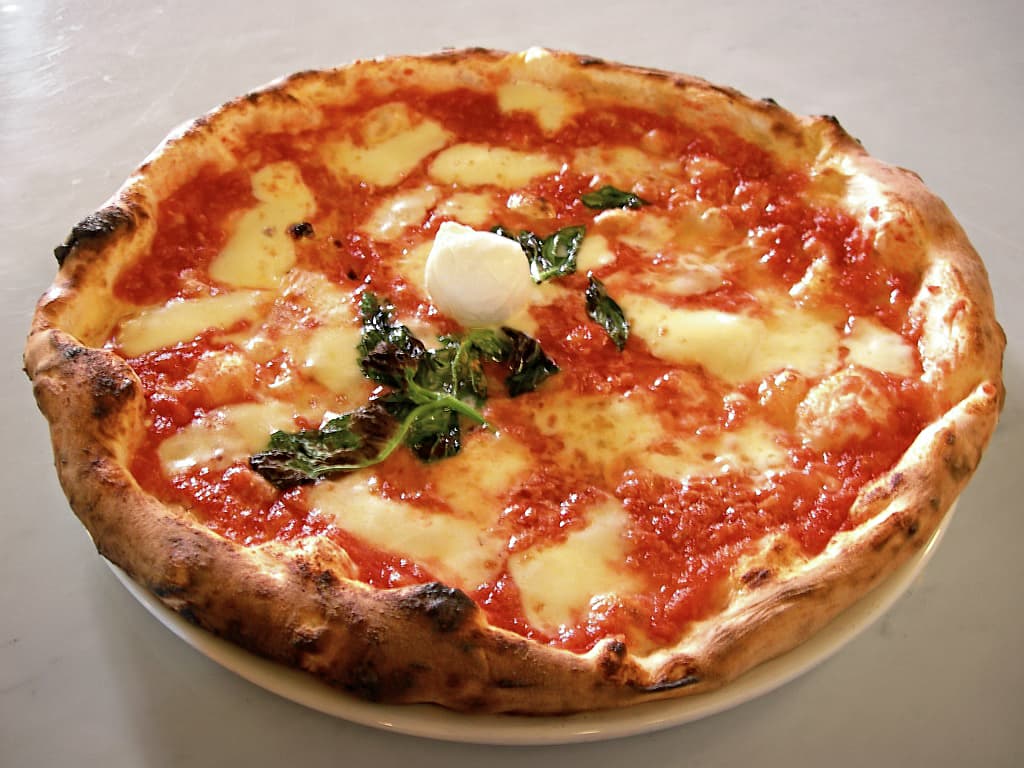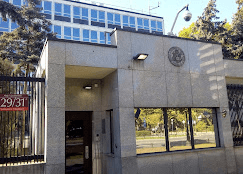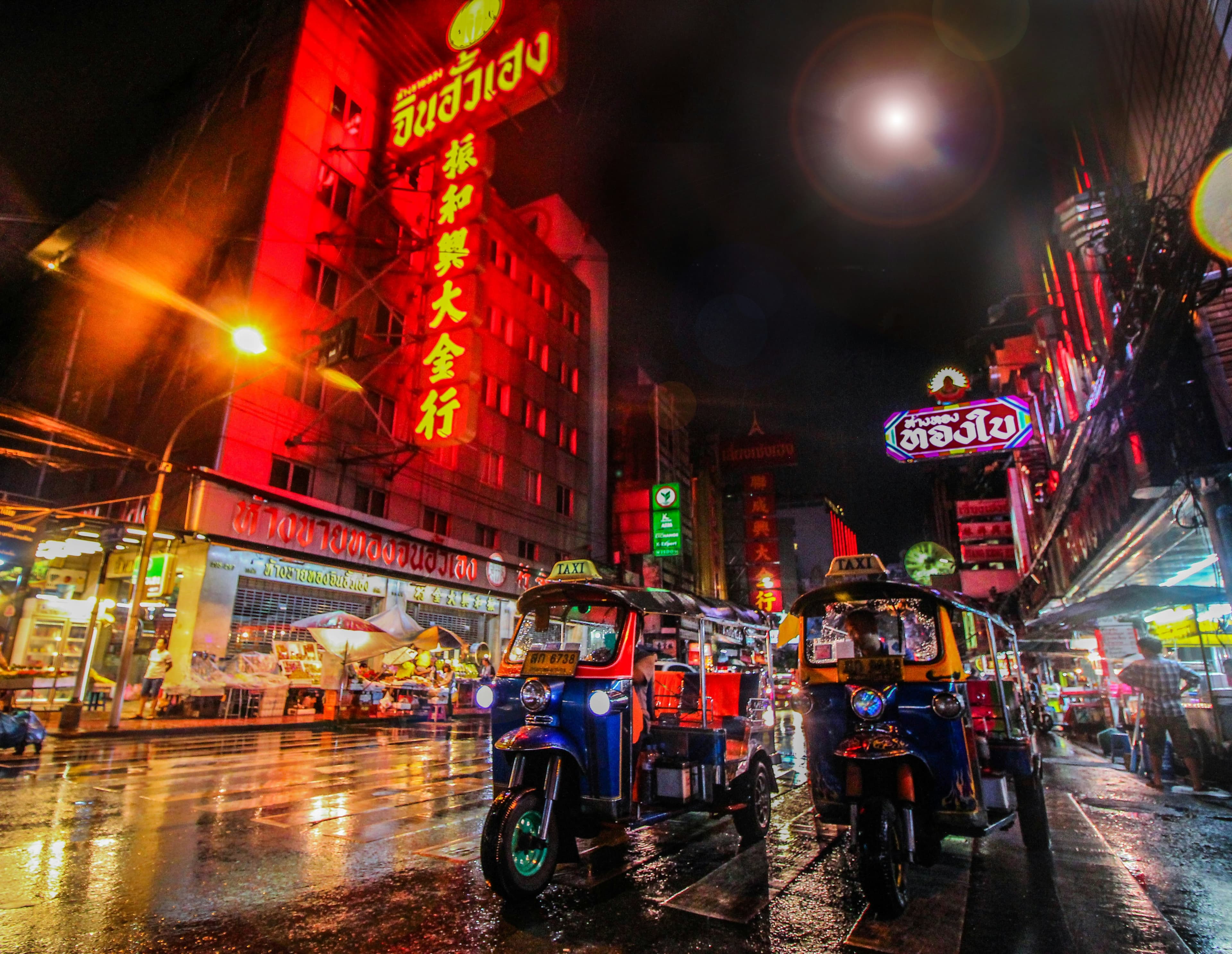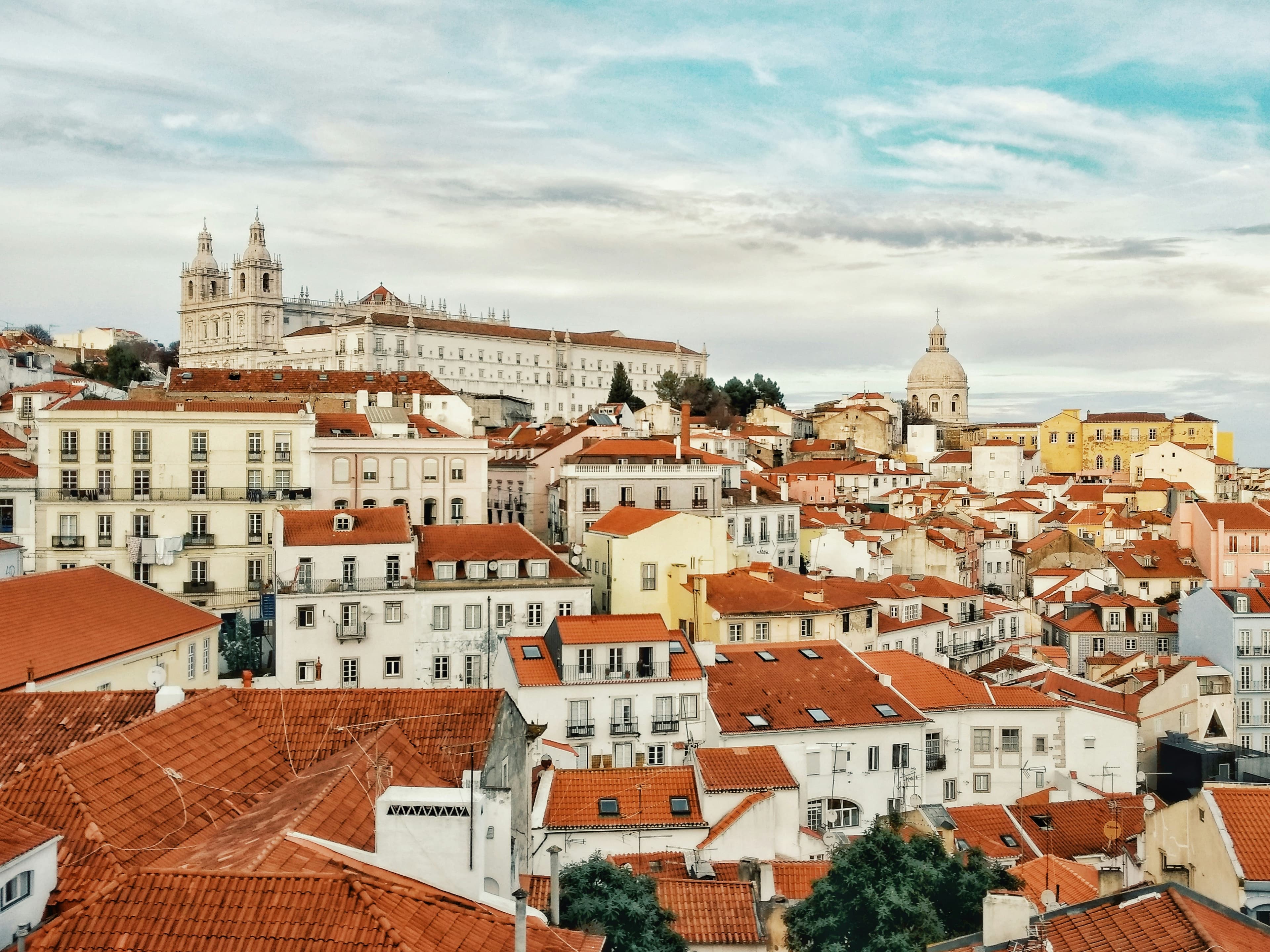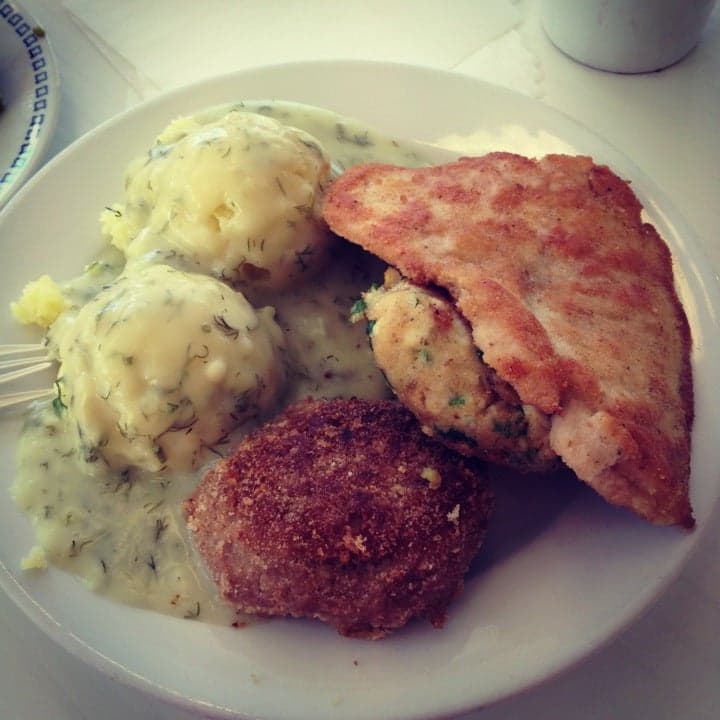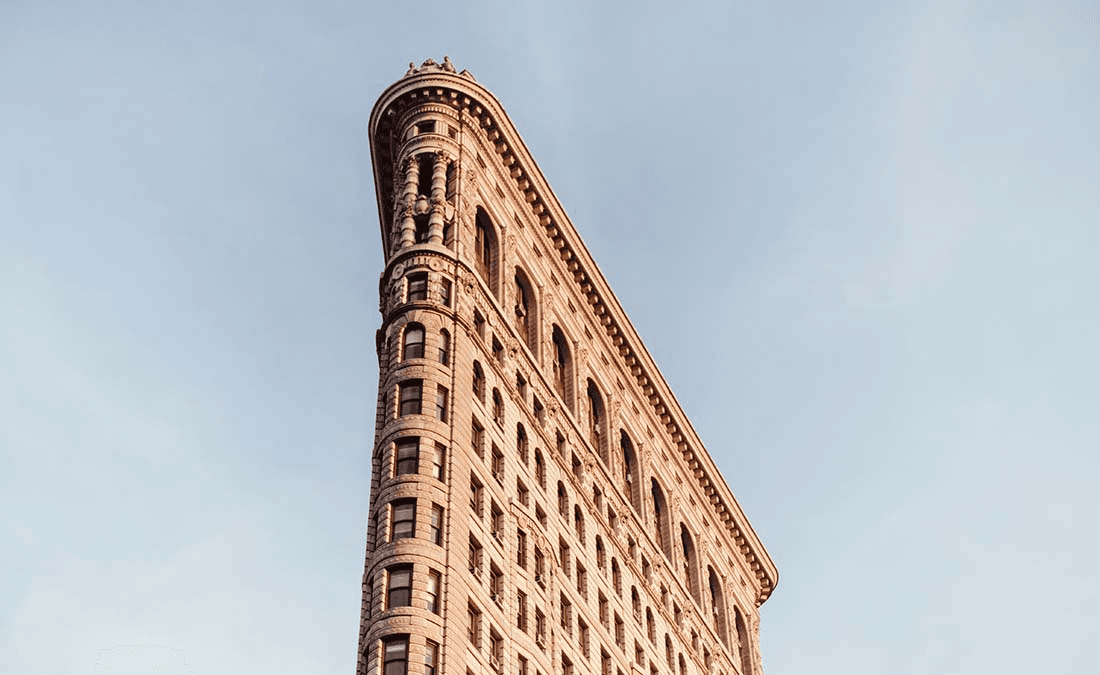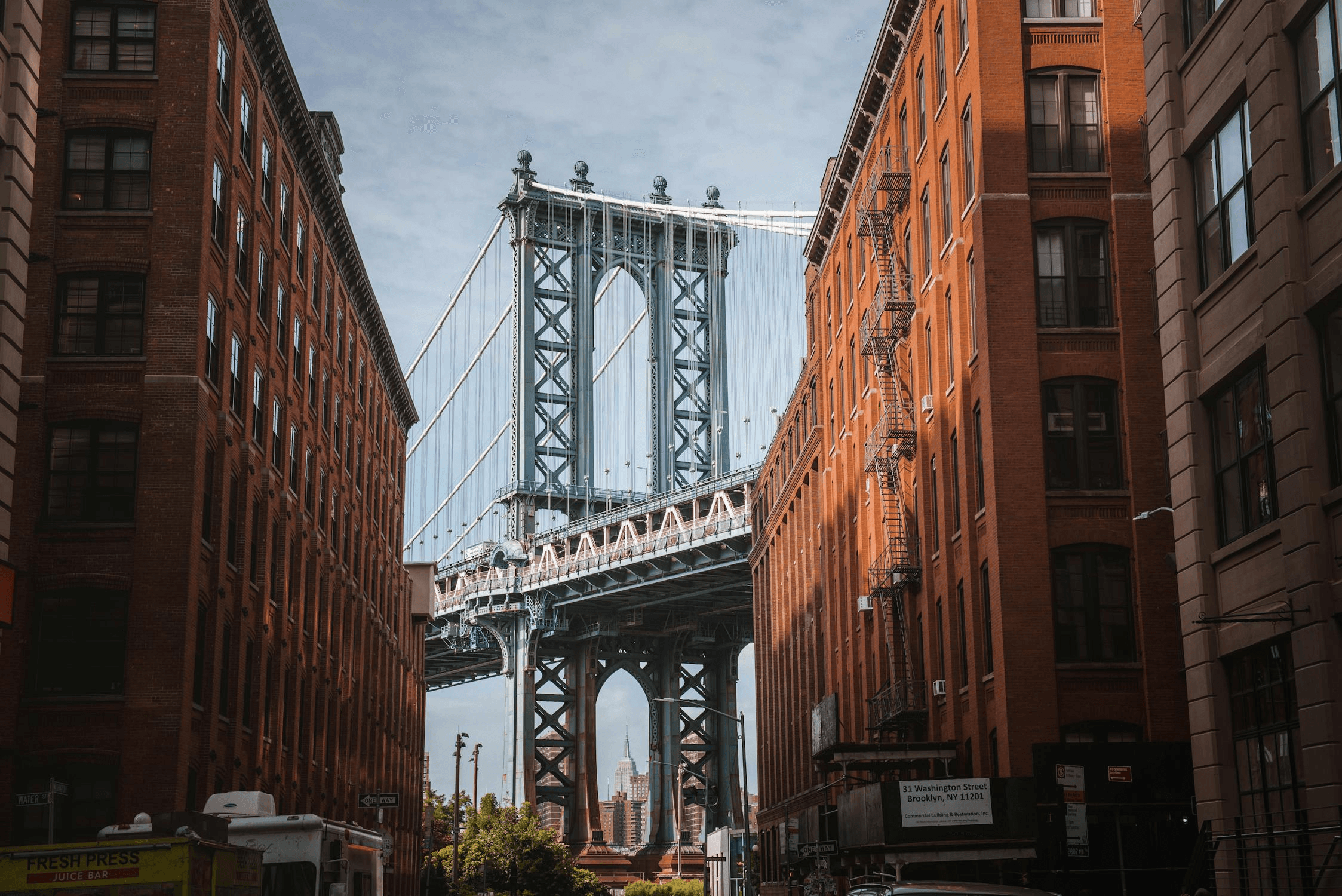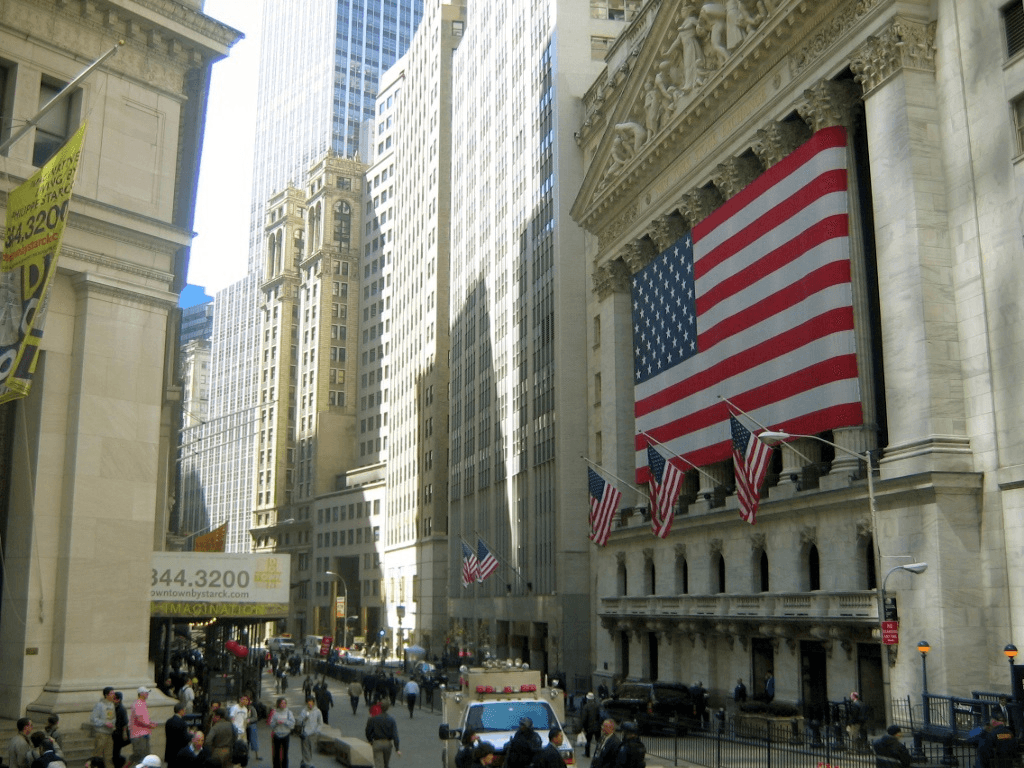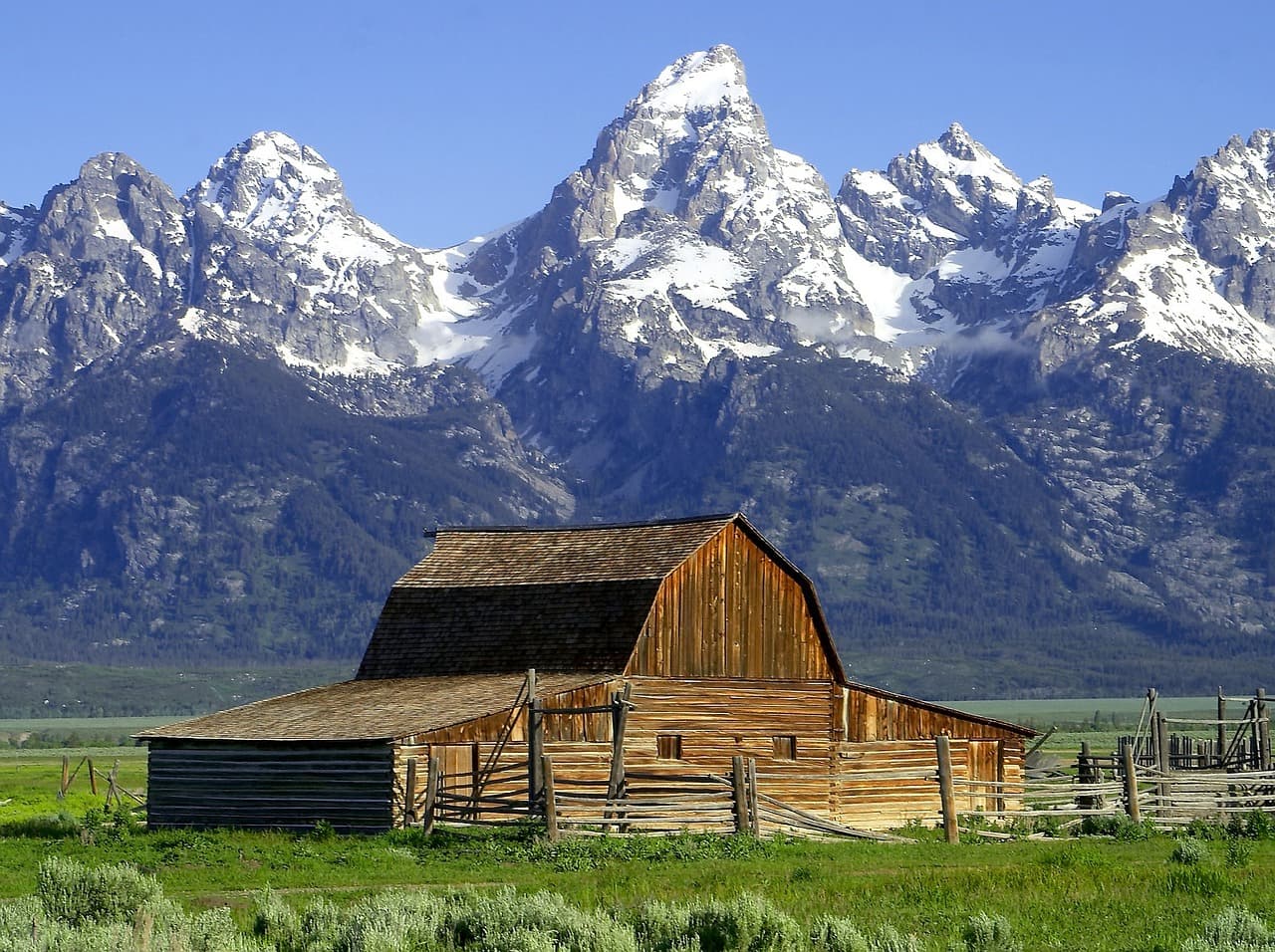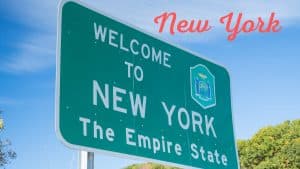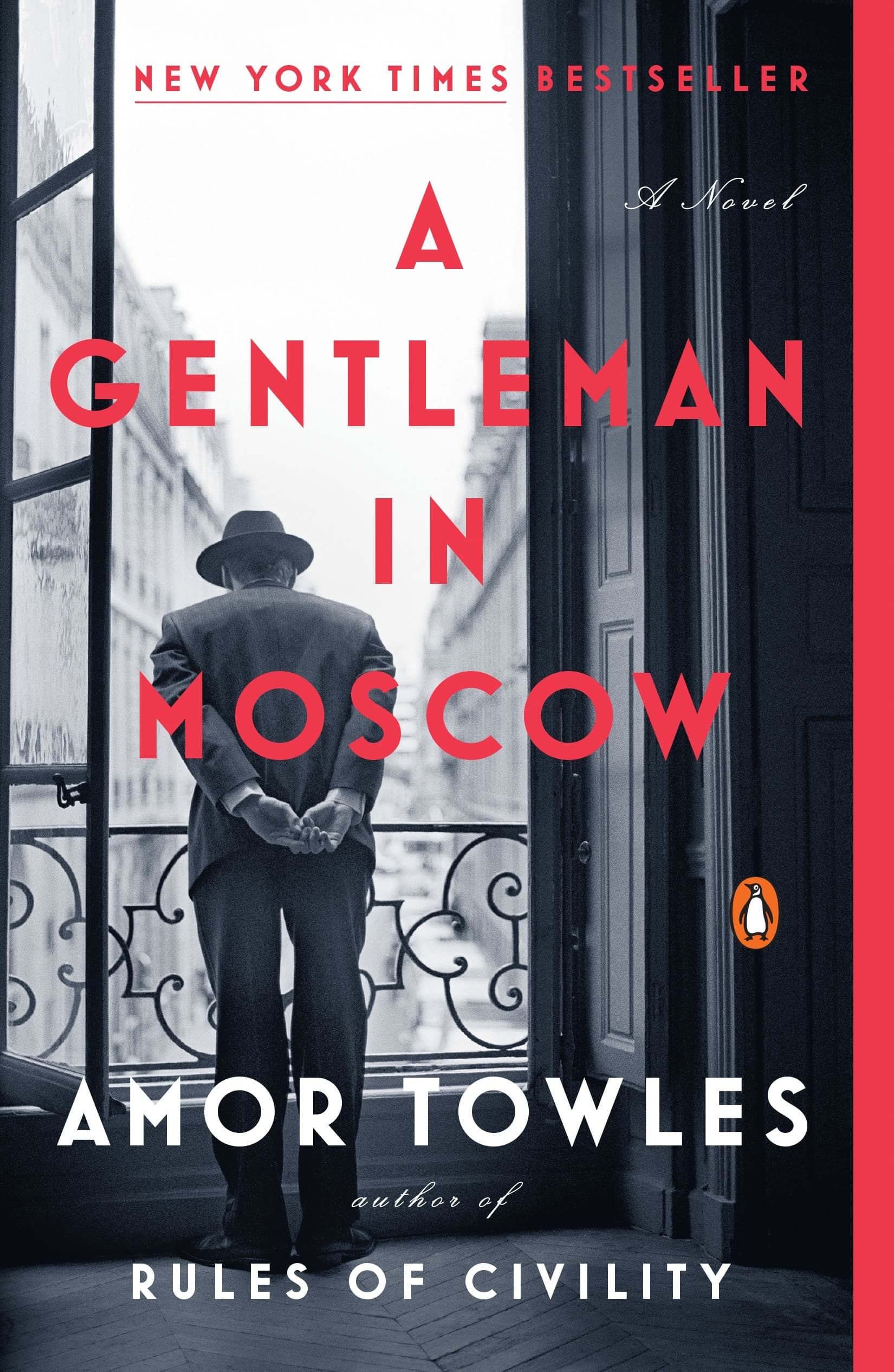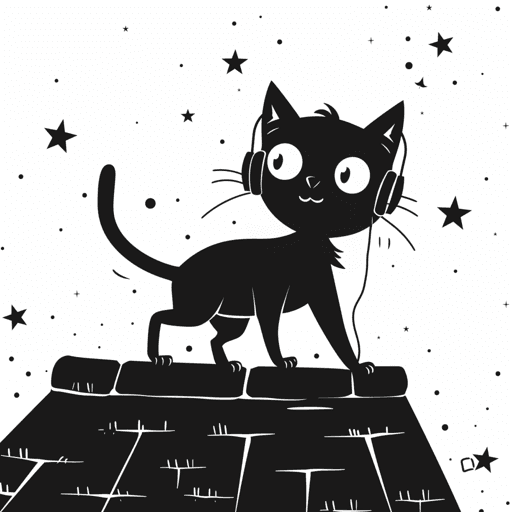Poland vs. Warsaw, Poland
Poland
Poland sits in Central Europe, stretching from the Baltic Sea in the north to mountains in the south. It shares borders with Germany to the west, Lithuania and Russia to the northeast, and several other countries along the east and south. Its landscape is a mix—flat plains in the center and north, and hilly or mountainous areas in the south. The coastline along the Baltic Sea is known for sandy beaches and coastal ridges. Inland, there are thousands of lakes, especially in the northeast, and big rivers like the Vistula and Oder cut across the land. The weather is temperate. Summers are warm, winters moderately cold. Rain tends to fall more during the summer months, and winters are becoming drier over time. Poland has deep roots in European history. It became a kingdom in 1025, later forming a powerful union with Lithuania. The Polish–Lithuanian Commonwealth was once one of Europe’s biggest states, with a unique political system. Poland's fortunes shifted in the late 18th century, whe...
Warsaw, Poland
Warsaw is the capital of Poland, sitting on the Vistula River in the east-central part of the country. With nearly 1.9 million people in the city and over 3 million in the wider metropolitan area, it’s Poland’s biggest city. It’s a place where old and new collide—modern skyscrapers stand next to rebuilt historic districts, and its skyline is a mix of glass towers and ornate churches. The Old Town, destroyed in World War II and painstakingly rebuilt, is now a UNESCO World Heritage Site. Walking through its cobblestone streets, you’ll find the Royal Castle and the colorful Market Square. Not far off is the Royal Route, a stretch of old palaces, churches, and the Presidential Palace, leading down to the grand Wilanów Palace and its gardens. Despite the scars of war—most of the city was flattened during WWII—Warsaw bounced back fast. The post-war communist era left a mark with grey apartment blocks and the towering Palace of Culture and Science, a gift from the Soviet Union that’s still...
Reviews
Reviewed on 1/26/2025
Reviews
Reviewed on 2/25/2025
Friendly towards foreigners. Affordable. Most people speak English. Safe. Not great in the winter though. The weather is crap, you never get to see the sun, and air quality gets bad. Still, summers in Warsaw are great, so I give it 4 stars.
| Item | Votes | Upvote |
|---|---|---|
| No pros yet, would you like to add one? | ||
| Item | Votes | Upvote |
|---|---|---|
| No cons yet, would you like to add one? | ||
| Item | Votes | Upvote |
|---|---|---|
| Fun | 2 | |
| Affordable | 2 | |
| Safe | 2 | |
| Most people speak English | 2 |
| Item | Votes | Upvote |
|---|---|---|
| Practically no sunlight in the winter | 1 |
Frequently Asked Questions
Warsaw offers a vibrant urban lifestyle with affordability, safety, and a high level of English proficiency among its residents, making it friendly towards foreigners. However, it suffers from poor winter weather, characterized by a lack of sunlight and bad air quality. In contrast, Poland as a whole provides a diverse range of experiences, from historical cities like Kraków to natural attractions like the Tatra Mountains, but may not have the same level of urban amenities and international accessibility as Warsaw.
Warsaw, being the capital, has a rich cultural scene with numerous museums, theaters, and events, reflecting both modern and historical influences. It is a melting pot of cultures due to its international population. In contrast, other cities like Kraków and Gdańsk offer unique historical experiences and traditional Polish culture, with well-preserved architecture and local customs. While Warsaw is more cosmopolitan, other regions may provide a deeper connection to Poland's historical roots.
While Warsaw is generally more expensive than many other Polish cities, it is still considered affordable compared to many Western European capitals. The cost of living can vary significantly across Poland, with smaller cities and rural areas typically offering lower prices for housing and daily expenses. Therefore, while Warsaw may have a higher cost of living, it also provides more job opportunities and amenities that can justify the expense.
Warsaw is regarded as a safe city, with low crime rates and a strong police presence, similar to other major cities in Poland. However, smaller towns and rural areas may offer an even greater sense of safety and community. Overall, both Warsaw and other parts of Poland are considered safe for residents and tourists alike, but personal experiences may vary depending on the specific area.
Poland is known for its rich history, vibrant culture, and diverse landscapes. It has a temperate climate, with warm summers and moderately cold winters. The country features a mix of flat plains, hilly areas, and mountains, along with a beautiful coastline along the Baltic Sea. Poland is also famous for its historical cities like Warsaw, Kraków, and Gdańsk, as well as its UNESCO World Heritage sites, including the Auschwitz-Birkenau memorial and the Białowieża Forest.
Main attractions in Poland include the Tatra Mountains for nature lovers, the historic centers of cities like Kraków and Gdańsk, and numerous national parks. Additionally, Poland is home to over 17 UNESCO World Heritage sites, showcasing its medieval architecture and natural beauty. The Auschwitz-Birkenau memorial is also a significant site reflecting the country's history.
Polish cuisine is hearty and flavorful, featuring dishes such as pierogi (dumplings), bigos (cabbage and meat stew), and żurek (sour rye soup). Vodka is a traditional drink, but beer and wine are also popular. The cuisine reflects the country's agricultural roots and regional diversity.
Poland has a temperate climate characterized by warm summers and moderately cold winters. Rainfall is more common during the summer months, while winters have been becoming drier over time. This climate supports a variety of outdoor activities and tourism throughout the year.
Football (soccer) is the most popular sport in Poland, with a passionate following. Other popular sports include volleyball and speedway racing. Poland also boasts top tennis players like Iga Świątek and has a strong tradition in mountaineering.
Poland's history is marked by significant events, including its establishment as a kingdom in 1025, the formation of the Polish-Lithuanian Commonwealth, and its partition in the late 18th century. After World War I, Poland regained independence, only to be invaded at the start of World War II. The country fell under Soviet influence post-war but became the first Eastern Bloc nation to break free from communism in 1989, largely due to the Solidarity movement.
The pros of visiting Warsaw, Poland include its affordability, safety, and the fact that most people speak English, making it accessible for tourists. Additionally, the city is fun to explore with a mix of modern and historic attractions. However, a notable con is the lack of sunlight during the winter months, which can affect the overall experience.
Warsaw, the capital of Poland, has a complex history marked by destruction and resilience. Most of the city was flattened during World War II, but it was painstakingly rebuilt and is now a UNESCO World Heritage Site. The city remembers its past with museums like the POLIN Museum and monuments commemorating the Warsaw Uprising.
In Warsaw, you can explore the Old Town, visit the Royal Castle, and stroll through Łazienki Park. The city also offers a vibrant cultural scene with jazz festivals, classical concerts, and a buzzing nightlife. Food enthusiasts can enjoy traditional Polish dishes as well as modern cuisine in various restaurants and cafes.
Warsaw experiences typical Central European weather, with cold, snowy winters and warm, sometimes stormy summers. Spring and autumn can be mild and pleasant, but the weather can change quickly, so it's advisable to be prepared for varying conditions.
Yes, Warsaw is considered safe for tourists. The city has a low crime rate, and many visitors report feeling comfortable while exploring its streets and attractions. However, as with any major city, it's always wise to stay aware of your surroundings and take standard safety precautions.
